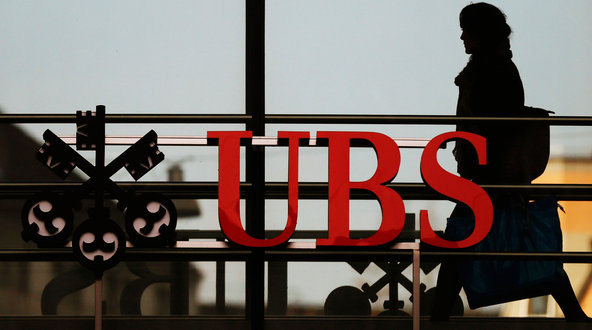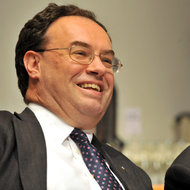The most affected large economies have been those of India and Indonesia, two countries where many domestic and foreign investors are now rushing for the exits, exchanging local currencies for dollars. After months of decline, both countries’ currencies dropped further on Thursday, with the Indonesian rupiah and the Indian rupee falling about 2 percent before recovering some of their losses.
Some Asian business leaders say they still hope the region can escape largely unscathed from the broader troubles afflicting emerging markets this summer. Sofjan Wanandi, the tycoon who is the longtime chairman of the Indonesian Employers’ Association, said in a telephone interview on Thursday that he believed Indonesia’s currency troubles were a result of a temporary failure by the government to formulate a response and communicate it clearly.
“We know the economy is O.K., but the government is not taking quick action,” he said, adding that he and other business leaders were working with the government on a policy statement to be issued on Friday. “After that, we hope this will all be calmed down,” he said.
The currencies of Malaysia, the Philippines and Thailand also declined, although by less than 1 percent. Stock markets across most of the region fell on Thursday, but share prices rebounded slightly in India after days of decline there.
At this point, fears of a continent-wide crisis, like in 1997, have been minimized. But economists are still cautious. “Between the two countries, Indonesia has a far better balance of economic growth and a greater chance of revival,” HSBC, referring to India and Indonesia, said on Wednesday in a research report that cautioned investors against buying Indian government bonds.
Largely unaffected on Thursday and in recent weeks have been the currencies of Asia’s two largest economies, China and Japan. The Japanese yen has been little changed over the last month, despite weakening marginally this week, and the value of the Chinese renminbi, heavily managed by China’s central bank, has stayed flat as well. Both countries have begun economic stimulus programs in recent months, although they have done so with very different styles.
China’s stock market has even posted a small rally this month on signs that an economic slowdown may be less severe than expected this autumn, although worries persist about next year.
The preliminary purchasing managers’ index in China, compiled by the research firm Markit and released by the British bank HSBC on Thursday, showed a swing to expansion from contraction in August. The increase, to a four-month high, easily beat analysts’ expectations.
HSBC’s preliminary survey offers one of the earliest indications each month of how the Chinese economy is doing, and Thursday’s reading is likely to solidify expectations that a stabilization that began to show in July has continued into August.
The reading “adds to the number of green shoots indicating a stabilizing economy since July,” Li Wei and Stephen Green, economists at Standard Chartered, wrote in a note, adding that government-led measures aimed at shoring up economic growth, like tax breaks for small businesses and efforts to speed up railway construction, appeared to have begun to take effect.
After years of double-digit expansion rates, the economy has now settled into a slower pace of growth of around 7.5 percent this year. And despite Thursday’s unexpectedly strong survey results, some analysts said the picture could well cloud again next year.
Indonesia and other countries in Southeast Asia have been hurt by their dependence on slower-growing China. They have also been hit by China’s gradual shift away from industries dependent on commodity imports from Asian neighbors, like steel production, and toward service industries.
With chronic trade deficits and a dependence on foreign investment, Indonesia and particularly India have faced the biggest problems in the region. The government of India has resorted to increasingly desperate measures in the last two weeks, like steeply raising taxes on imports of silver and gold, but it has been unable to halt the decline of the rupee, which is down more than 7 percent in August and more than 20 percent since the start of May.
Daily steep declines in the rupee are making it much harder for Indian companies to repay their foreign loans, many of them denominated in dollars. The rupee’s decline has also made real estate and other projects in India less attractive for foreign investors who count their profits and losses in dollars, prompting many of them to pull out as well.
As the Federal Reserve mulls tightening monetary policy in the United States in response to early signs of economic recovery there, rising interest rates on Treasury securities and other American financial instruments are drawing money away from emerging markets around the world.
Indonesia has tried to undertake some difficult overhauls this summer, most notably raising retail gasoline prices in June to limit government subsidies for the country’s millions of drivers. Economists say they expect Indonesia’s trade deficit to start shrinking in the coming months and its government finances to improve as families avoid unnecessary trips and buy less fuel as a result.

Bettina Wassener contributed reporting.
Article source: http://www.nytimes.com/2013/08/23/business/global/currencies-drop-as-dollars-flee-asia.html?partner=rss&emc=rss



